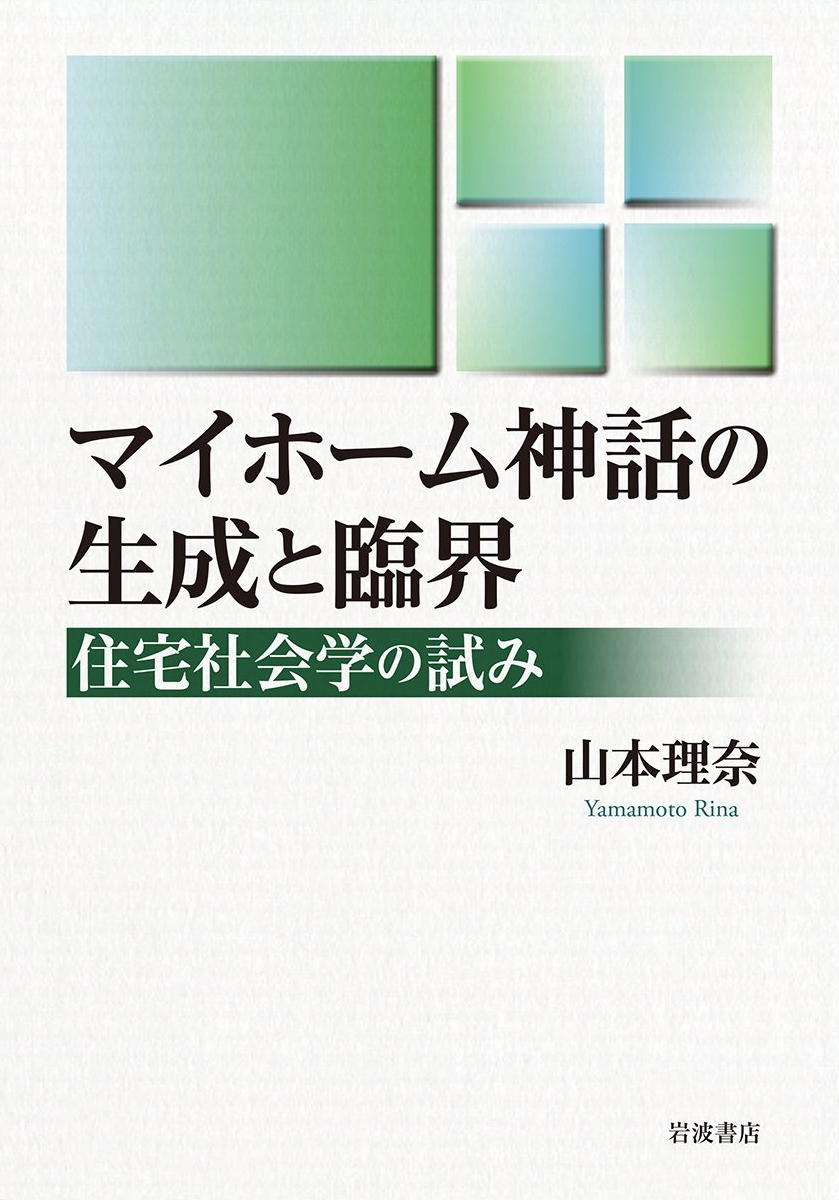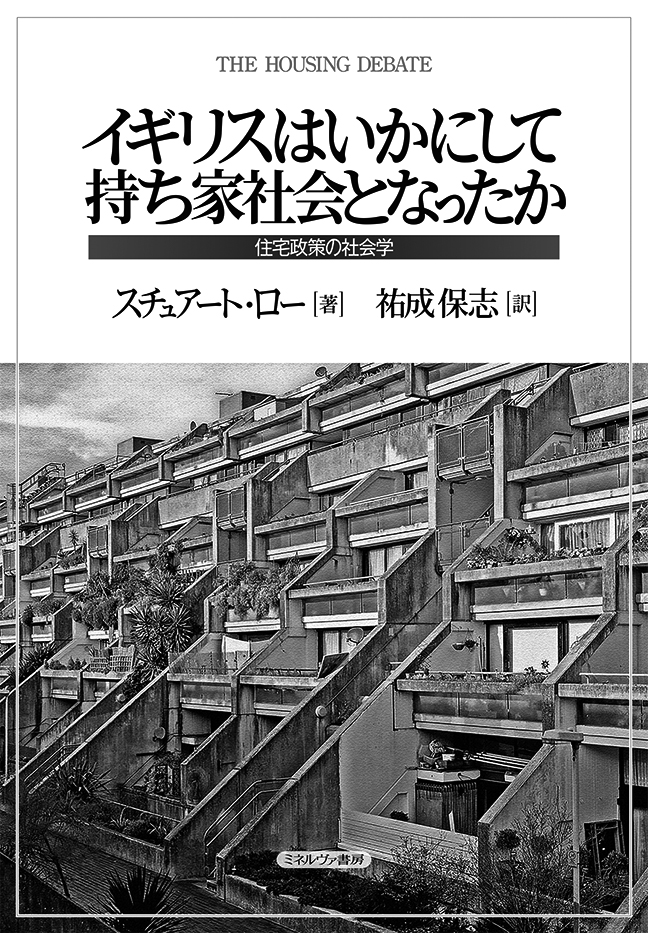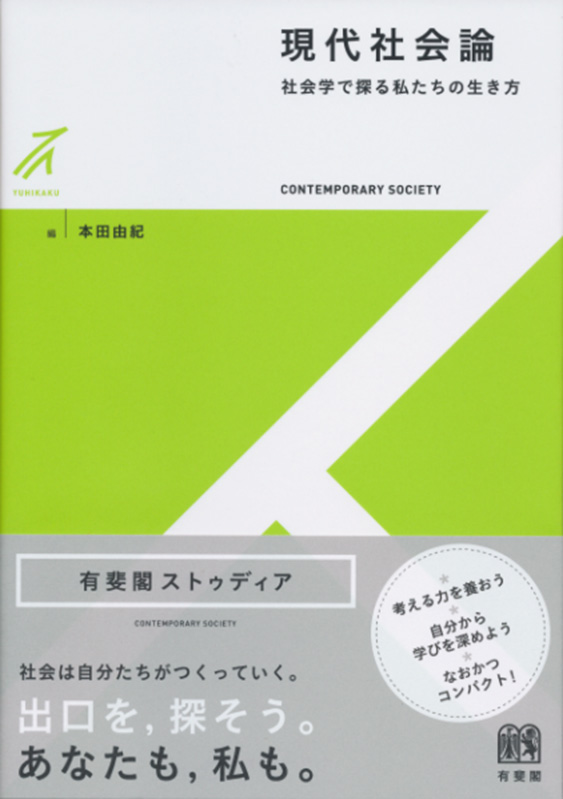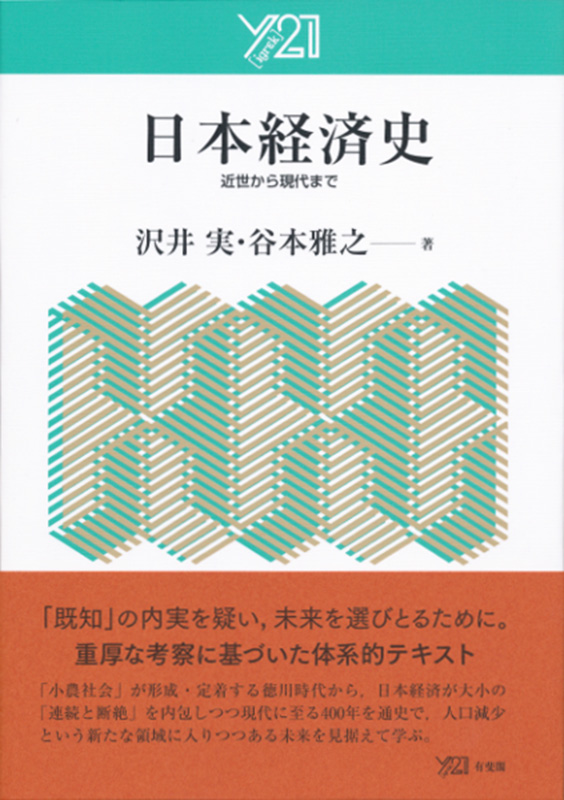
Title
My home shinwa no seisei to rinkai (The “My Home” myth in Japan: Attempts to develop a sociology of housing)
Language
Japanese
Released
February 26, 2014
ISBN
978-4-00-024818-1
Published by
Iwanami Shoten, Publishers
Book Info
See Book Availability at Library
Japanese Page
In an experiment of contemporary social theory, this book analyzes the emergence of Japan’s consumer society through the commodification of housing and transformation of people’s lifestyles. It clarifies the process of structural change that occurred in Japanese society after the Second World War from two perspectives: (1) the commodification of housing as an acceleration of the industrial system, and (2) the transformation of the image of residents through changes in lifestyle.
In the first half of the book, this study focuses on the emergence of the “My Home” myth (“My Home (Maihōmu)” is a Japanese phrase that refers to owning a home of one’s own and/or having a family-oriented way of life), and analyzes the structural connections among the housing industry, housing policy, and housing advertisements motivating people to own their home in a period of high economic growth. In other words, through an analysis of the structural linkages supporting the commodification of housing, it examines the development of a consumer society in postwar Japan, and shows its correlation with the emergence of a lifestyle prioritizing “My Home.” In the second half of the book, using an empirical survey of high-rise condominiums, the contemporary transformation of the image of homeowners is analyzed to show how the “My Home” myth is reaching a critical stage. The change in the image of residents is investigated, from one of a nuclear family of parents and children to anonymized bodies that are sensitive to various components of housing and the texture of materials, and the findings show that the current difficulties in sustaining a “My Home” lifestyle are correlated with the advancement of a consumer society.
Two methodological perspectives are developed to conduct this analysis: (1) a perspective based on sociological theories of consumption that understands housing as a “commodity,” produced and consumed within the industrial system, and (2) a media theory perspective that views housing as “devices” mediating the living experiences people have in their lives. Through simultaneously grasping both the structural dimensions of an advanced industrial society and the semantic dimensions of the society in which people live, this book offers a framework for analyzing both the actual structures and social realities related to housing. This compound perspective provides the book with its methodological originality.
The book is socially and academically significant for the following three reasons. First, from a theoretical standpoint, its academic value is in the understanding of housing as an important medium for everyday life, its analysis of a contemporary consumer society through housing, and the deployment of empirical research in sociological theories of consumption. Second, from an interdisciplinary perspective, it offers a new analytical framework for housing studies and establishes an area of discussion between sociology and architecture through the linkages created between sociological theories of consumption and architectural planning. Third, by highlighting the issues currently surrounding housing, such as aging buildings and urban density, and the future problems that will be faced, the social implications of the book’s policy insights are in offering fundamental knowledge with which we can seek to improve the lives of residents and urban housing policy in general.
(Written by Rina Yamamoto, Associate Professor, Graduate School of Arts and Sciences / 2017)



 Find a book
Find a book





